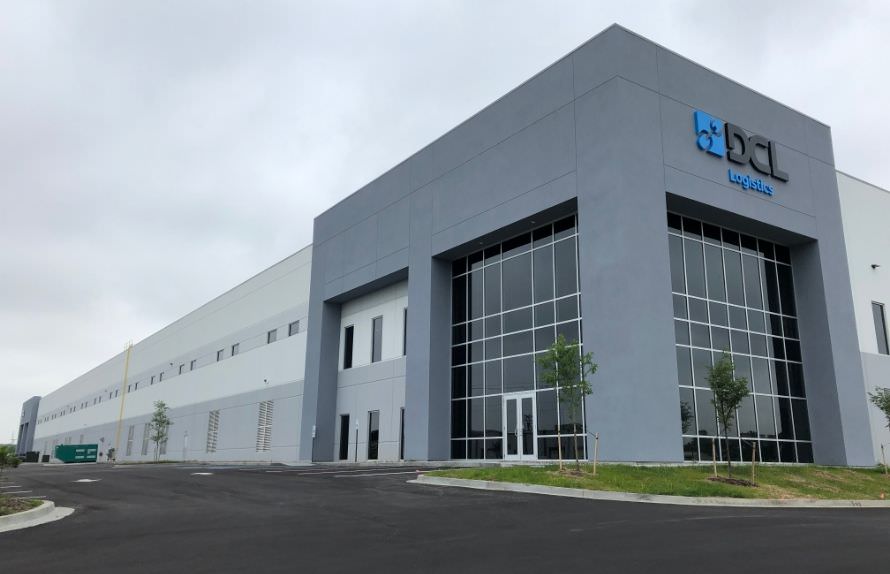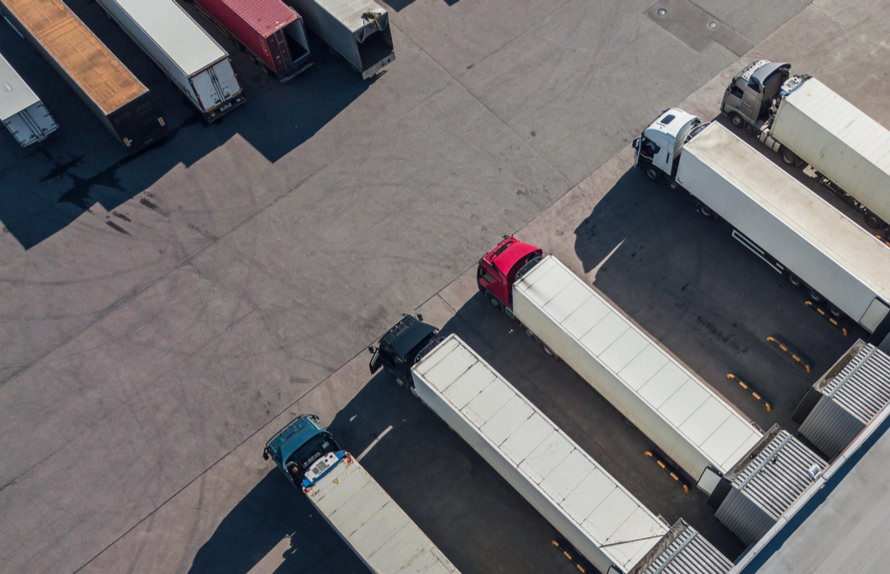
Cross-Border Fulfillment vs. Localized Fulfillment: What’s the Difference and Why It Matters for Ecommerce Growth
As global ecommerce continues to grow, brands are faced with a key logistics decision: should they leverage cross-border shipping or set up localized fulfillment when serving their international customers? Both approaches play an important role in scaling international growth, expanding to new markets, but choosing the right fulfillment strategy can make or break the customer experience—and your bottom line.
Both cross-border and localized fulfillment have strengths, but each can weigh heavily on your international shipping strategy. It’s important for brands of all sizes and in all verticals to understand the best ways to use each model to optimize cost, delivery times, and customer satisfaction.

What Is Cross-Border Fulfillment?
Cross-border fulfillment means your ecommerce business ships products directly from your home country to international customers. For example, a US-based brand fulfilling orders for Canadian customers would ship each order across the border from its US warehouse.
With this model, any goods manufactured abroad would first be shipped to the US, then distributed to international customers from there.
This model is common for early-stage global ecommerce sellers who want to test international demand without investing in foreign warehousing or fulfillment services.
Pros:
- Lower upfront cost (no local warehousing or staff)
- Easier to manage inventory in one location
- Simple setup using third-party logistics (3PL) partners or fulfillment services like FBA (Fulfilled by Amazon)
Cons:
- Longer shipping times
- Higher shipping rates and cross-border fees (import taxes and tariffs)
- More complex customs clearance and potential import duties
- Customer expectations around delivery may not be met
What Is Localized Fulfillment?
Localized fulfillment (also called in-country fulfillment) refers to storing and shipping products within the destination country, using local fulfillment centers or distribution centers. For example, fulfilling Canadian orders from a warehouse in Toronto instead of crossing the US-Canada border.
This strategy reduces friction in the last-mile delivery process and improves overall efficiency in international fulfillment operations. A key factor is outsourcing fulfillment, which reduces control of your operations, but can maximize your growth strategy.
Pros:
- Faster delivery times, leading to higher customer satisfaction
- Lower shipping costs and fewer customs hassles
- Better alignment with local customer expectations
- More reliable inventory management in different countries
Cons:
- Higher upfront investment in warehousing and fulfillment services
- Requires local tax registration or fulfillment partnerships
- May need local inventory forecasting and management
When to Use Each Fulfillment Model
Cross-border fulfillment is a great option for the following:
- You’re testing a new international market
- Order volume from international customers is low
- You want to avoid the hassle and cost of local warehousing
- Your fulfillment partner offers efficient cross-border logistics (e.g., U.S. to Canada)
Localized fulfillment is a good option to consider when:
- You have consistent sales in a destination country
- Faster delivery and better customer satisfaction are priorities
- You’re facing high return rates due to shipping delays or costs
- You want to streamline your fulfillment process with local providers
Why It Matters
Choosing the right fulfillment strategy is more than just shipping boxes—it impacts your entire customer base, brand reputation, and global ecommerce growth. Localized fulfillment often leads to faster delivery, improved pricing control, and more positive customer experiences, while cross-border fulfillment offers simplicity and flexibility for entering international markets.
Retailers optimizing for long-term growth should consider a hybrid fulfillment network—starting with cross-border shipping, then transitioning to local warehouses and fulfillment centers as demand grows.
Bottom Line
The difference between cross-border fulfillment and localized fulfillment is more than geography—it’s a strategic choice that affects customer expectations, shipping times, cost-effectiveness, and your ability to scale. By understanding when and how to use each model, ecommerce businesses can streamline operations, reduce shipping costs, and deliver better experiences to international customers.
Whether you’re expanding into Canada, Europe, or new markets in Asia, evaluating your fulfillment options early—and partnering with the right logistics providers—can set you up for sustainable global success.
This post was written by Maureen Walsh, Marketing Manager at DCL Logistics. A writer and blogging specialist for over 15 years, she helps create quality resources for ecommerce brands looking to optimize their business.
Tags: International, Omnichannel Fulfillment








